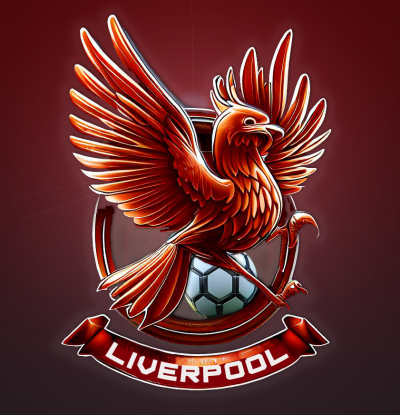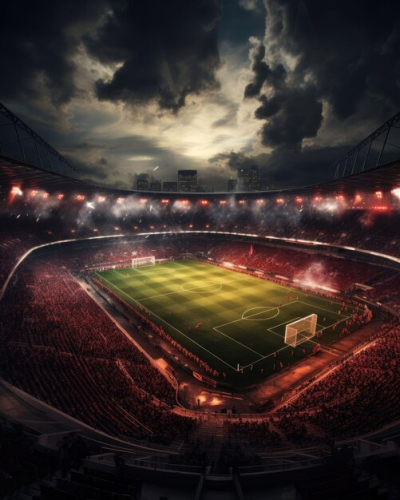Football News: Redeveloping The Main Stand Is A Smart Move For Celtic
Why Redeveloping Our Main Stand Is the Smart Move For Celtic
Celtic Park is one of the most iconic stadiums in European football and has been home to our club for generations. But as football gets more commercial and competitive, I've been thinking about whether our club should knock down and rebuild the Main Stand along with the adjoining corners, the Lisbon Lions and Jock Stein stands, to modernise the stadium and increase revenue. I've looked closely at how realistic this is, the financial impact, and the pros and cons of such a redevelopment.
Right now, Celtic Park holds just over 60,000. The Lisbon Lions, Janefield and Jock Stein stands are taller than the rest of the stadium. The Main Stand is getting old and lacks the hospitality, media and player facilities that top European stadiums have. The adjoining corners are also under used and could offer more capacity and a better experience for fans if redeveloped.
The idea I looked at involves adding about 12,000 additional seats - 8,000 from rebuilding the Main Stand and around 4,000 from raising the corners next to the Lisbon Lions and Jock Stein stands. The redevelopment would modernise hospitality suites, premium seating, media facilities, player areas and improve accessibility for all fans. This would bring total capacity to around 72,000, improve atmosphere and hopefully future proof us for future UEFA requirements. We could also add bus entry points and other necessary infrastructure to meet UEFA regulations for hosting European finals and international tournaments. The estimated cost for the whole project is about £210 million.
Financially, I assumed the average profit per seat per game would be about £9.65 and there would be 19 home league games per season. Additional revenue from naming rights, UEFA events and commercial ventures was estimated at about £8 million a year. The extra match day revenue from the new seats alone would be roughly £2.2 million annually. Adding all revenue sources together, the total extra income is projected at £23 million a year. Loan repayments on £210 million at 5 per cent interest over 30 years would be about £13.7 million annually. Obviously, I am making a lot of assumptions and the actual figures are likely to be different. This means the redevelopment could generate an annual surplus of around £9.3 million after loan repayments. Given the additional revenues, the payback period could be shorter than the full loan term, potentially allowing our club to repay the loan well before 30 years.
There are some big advantages to redeveloping the Main Stand and corners. Financially, it looks viable and could be paid back in under 15 years. The increased capacity would meet growing fan demand and boost match day revenue. Modern facilities would improve our club's standing and meet UEFA requirements. Importantly, it would preserve the historic Celtic Park, which is a huge part of our club's identity. Raising the corners would complete the stadium bowl, improving acoustics and the fan atmosphere.
On the other hand, there are drawbacks too. The upfront cost of £210 million is significant and would need careful financial planning with loans and sponsorship. We would also need to check that we would be compliant with UEFA sustainability regulations as this could be a sticking point. Construction could take 4 to 6 years and would disrupt match day operations while work was going on. Planning permission and community concerns could also slow things down. Finally, while the redevelopment would increase capacity to about 72,000, some might say a completely new stadium could offer even more space and the latest design innovations.
Building a brand new stadium with a capacity above 70,000 would cost between £800 million and £1.2 billion (based on Wembley and Spurs but may be less as not in London), take decades to repay and come with much bigger financial risks. While a new stadium might offer the most modern facilities, the emotional cost of leaving Celtic Park and the financial burden make this option less attractive.
Right now is the best time for our club to do this redevelopment. We are in a strong financial and sporting position, which makes investing in the stadium both possible and smart. Increasing capacity to around 72,000 would put us about 20,000 seats ahead of Rangers, further strengthening our dominance in Scotland. Building from a position of strength means we can future proof our home ground, boost revenue streams and reinforce our status as the country's top club.
All things considered, redeveloping the Main Stand and adjoining corners is the best way forward for our club. It balances respecting tradition, upgrading to modern standards, and keeping financial stability. With an annual surplus of around £9.3 million after loan repayments, the project seems sustainable and strategically sound. This redevelopment would secure Celtic Park's future as a top stadium while helping our club grow commercially and compete better on the pitch without taking on too much risk. Ultimately, this redevelopment is not just an investment in bricks and mortar, but a vital step to secure the future success and legacy of our club for generations to come.
Written by Weejoe May 19 2025 11:14:18
Discuss rumours and transfers on our Rangers rumours web page
Discuss rumours and transfers on our Celtic rumours web page


